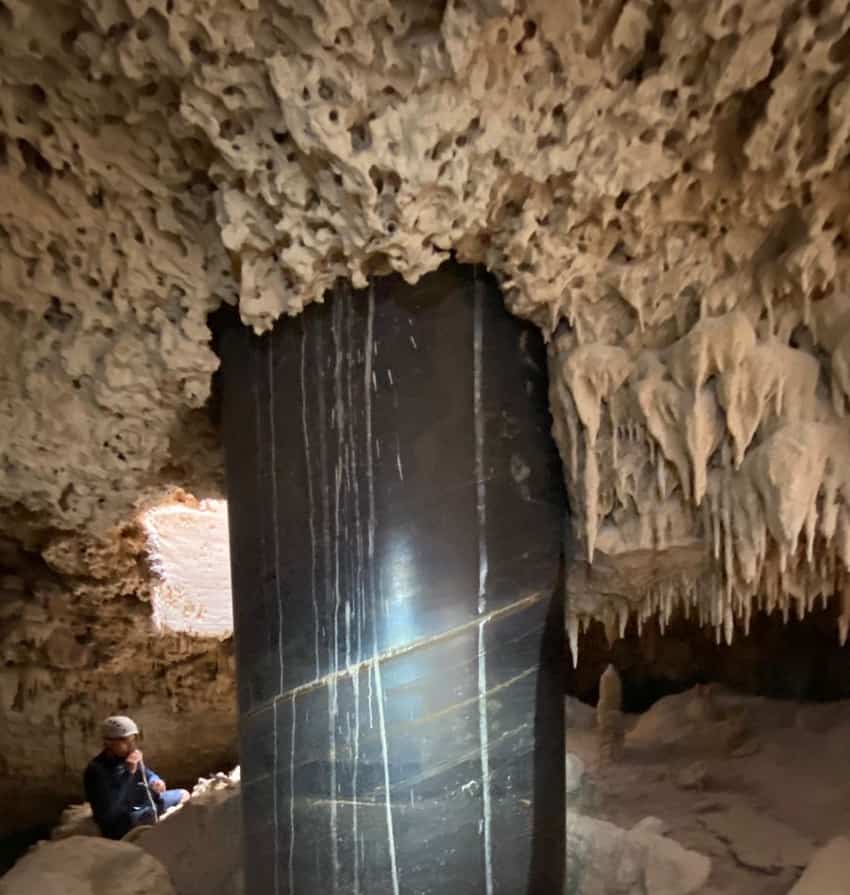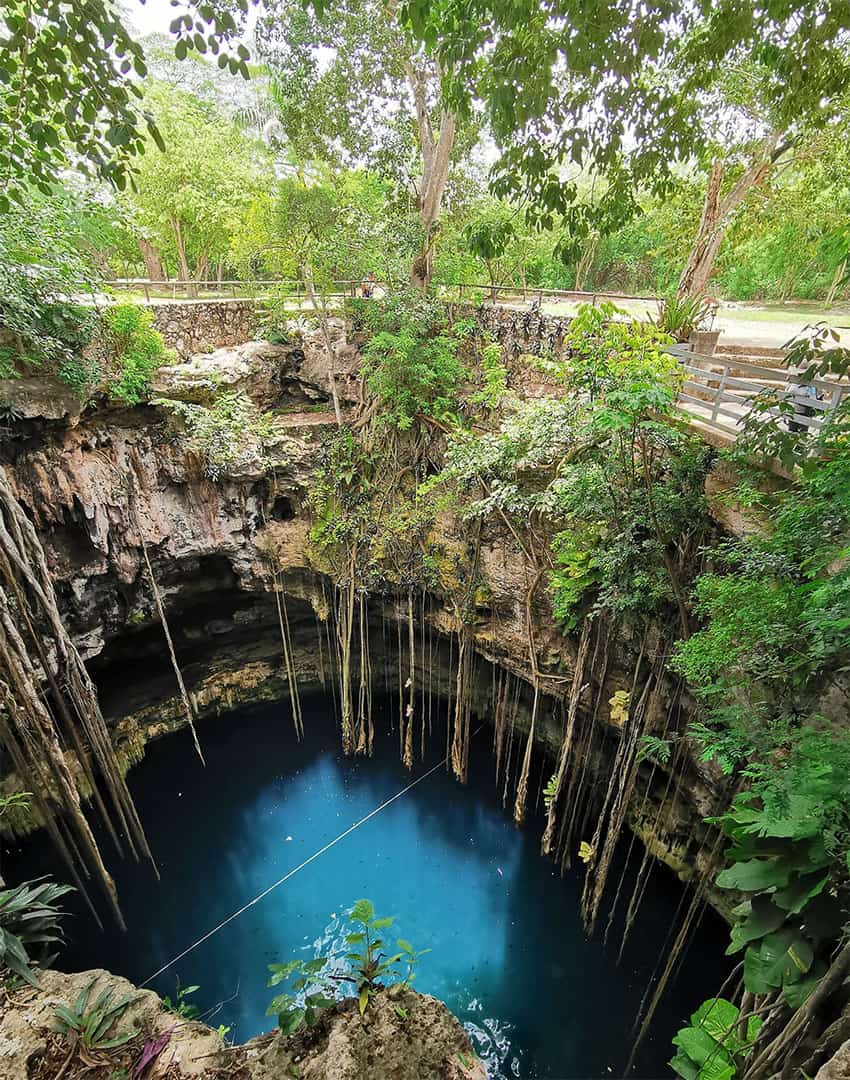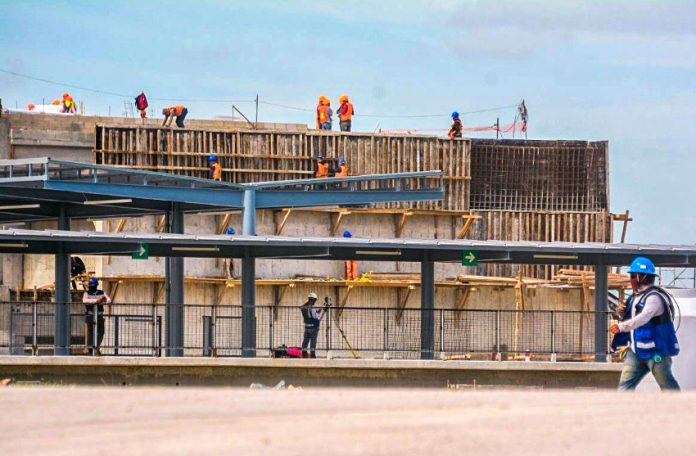A federal court has ruled that work on the section of the Maya Train railroad between Playa del Carmen and Tulum must stop until the federal government demonstrates that geological and other studies have been completed along the route between the two Quintana Roo resort towns.
A court in Mérida, Yucatán, handed down a definitive suspension ruling in late January at around the same time that environmental groups revealed that steel and cement pilings pierce through the roofs of limestone caves along an elevated section of the railroad south of Playa del Carmen.

Experts said that the bulky columns have affected the quality of subterranean water and destroyed “archaeological and geological heritage” in Quintana Roo.
Reviewed by the El Financiero and Reforma newspapers, the Mérida-based federal court’s written ruling said that construction work on the 68-kilometer-long Tramo 5 Sur (the southern part of Section 5 of the railroad) must stop until the government presents to the court the results of required geological, geophysical and geohydrological studies.
Judge Adrián Novelo, who wrote the ruling, previously ruled in 2022 that work on Tramo 5 Sur couldn’t proceed due to the absence of an authorized environmental impact statement. The government was subsequently able to overcome that legal hurdle, and others.
In January, Novelo directed the National Tourism Promotion Fund (Fonatur) to present “all the records” it has “in order to report on the condition of the cenotes, caverns and caves along … Tramo 5 Sur of the Maya Train project.”

He also directed Fontaur to present information on the “measures of prevention and protection that have been adopted to avoid the contamination of subterranean water” along the Tramo 5 Sur route, as well as information on any “collapses” of caves that have occurred during construction work and the “actions” that were carried out to remedy the situation.
“This court believes that the [geological and other] studies are vital to establish … that the section of the Maya Train doesn’t represent a real danger to the stability of subterranean water systems in the area,” the ruling said.
Novelo explained that the ruling complies with a new environmental law precedent established by the Supreme Court in December.
Fonatur is the government agency in charge of the US $20 billion Maya Train railroad, four sections of which began operations in late 2023. The northern part of Section 5 between Cancún and Playa del Carmen (Tramo 5 Norte) is scheduled to open on Feb. 29.
No specific opening date has been set for Tramo 5 Sur or Sections 6 (Tulum-Chetumal) and 7 (Bacalar-Escárcega), but President López Obrador said in late January that he believed the railroad would be 100% complete “in another two months [or] three months.”
It was unclear whether the latest court ruling against construction of Tramo 5 Sur will delay the opening of that section and others.
López Obrador inaugurated construction of the Maya Train railroad in June 2020, and pledged at the time that it would be finished in 28 months, or by October 2022.
However, the project has faced a range of challenges, including court rulings that have temporarily halted work and ardent opposition from environmental groups, which say that the construction and operation of the railroad pose a threat to wildlife and the Maya jungle in addition to the subterranean water system on the Yucatán Pensinsula.
The railroad, which López Obrador asserts will spur economic development in Mexico’s southeast, links colonial cities, coastal destinations and Maya archaeological sites in five states: Tabasco, Campeche, Yucatán, Quintana Roo and Chiapas.
With reports from El Financiero and Reforma
